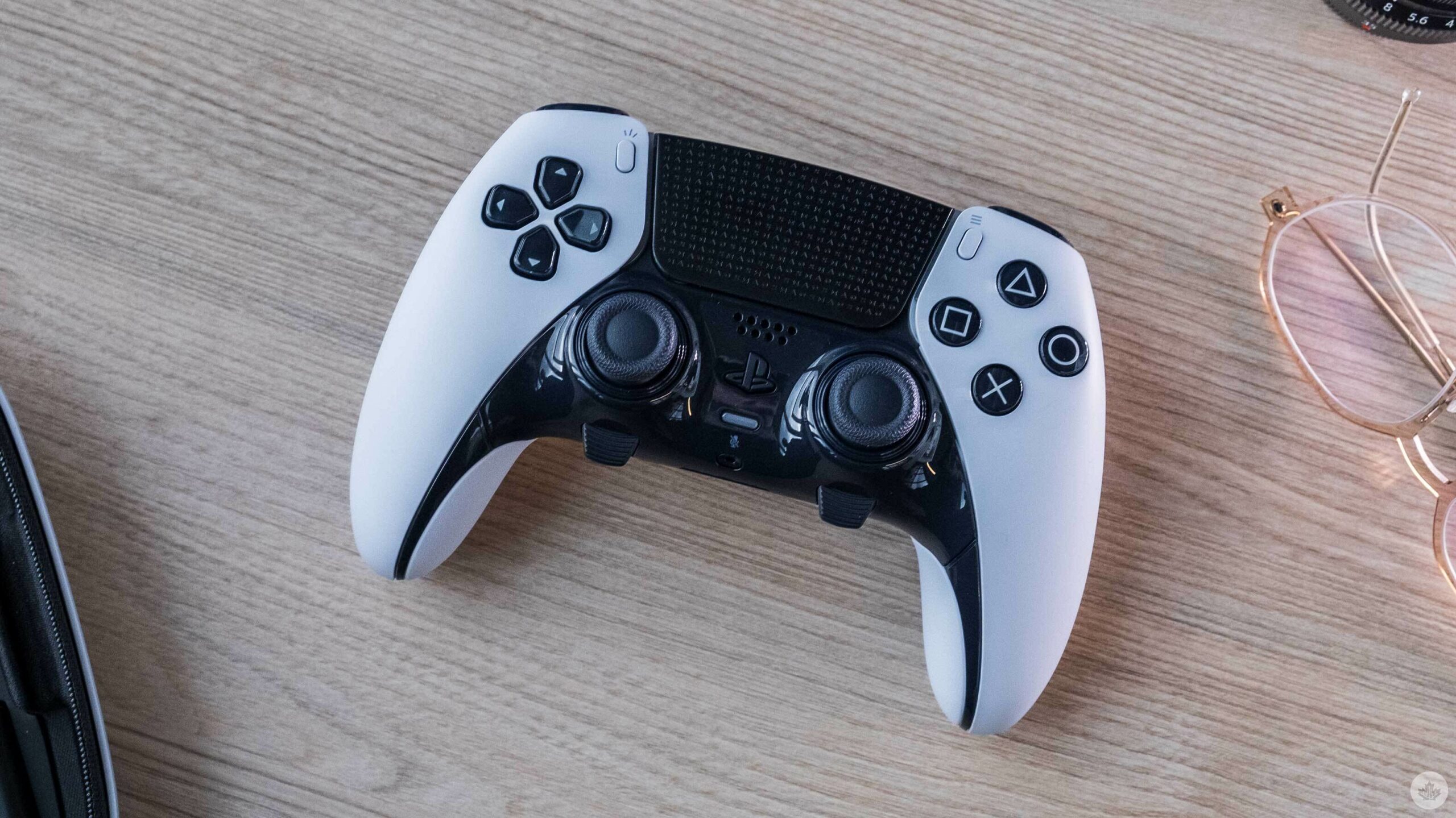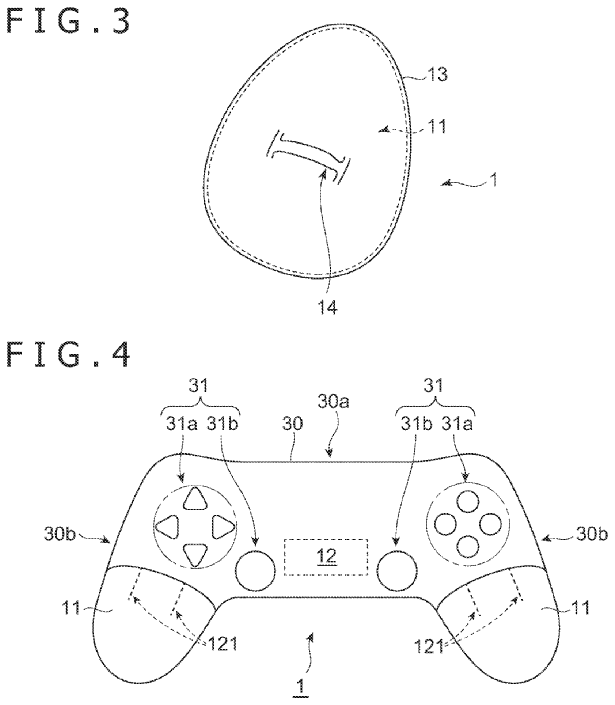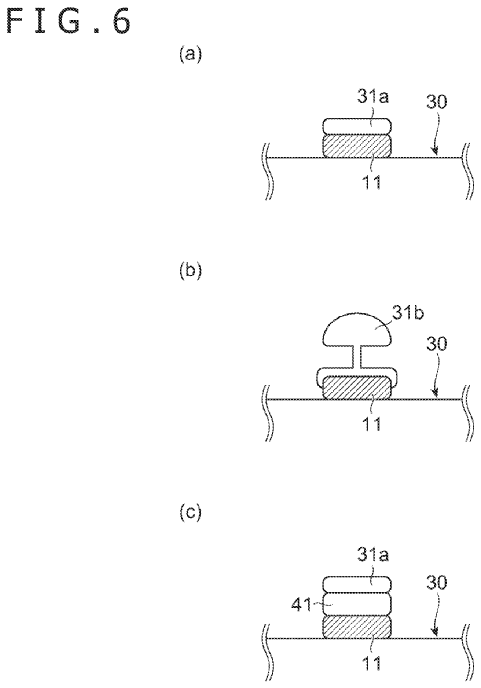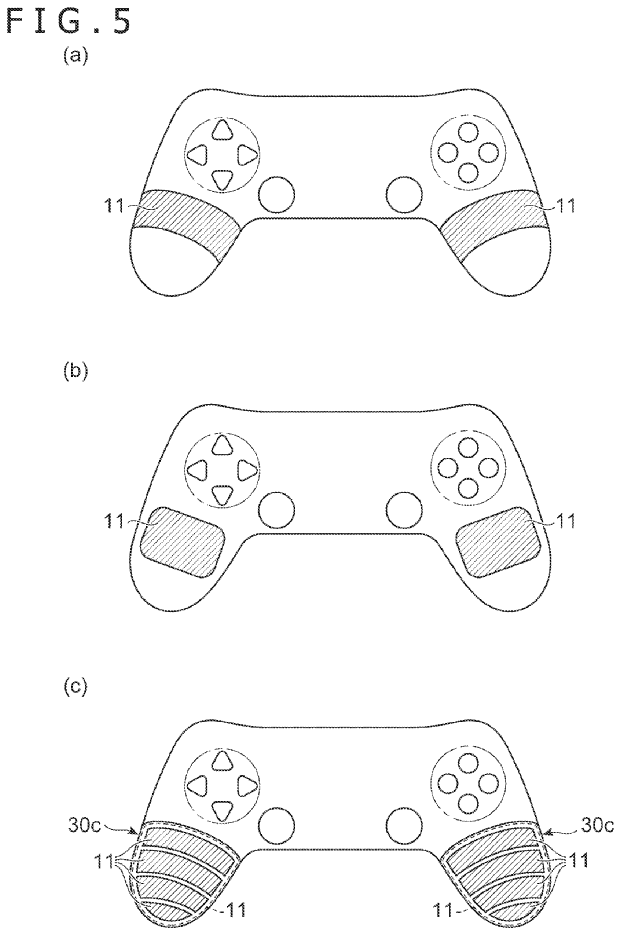IbizaPocholo
NeoGAFs Kent Brockman

Sony Controllers Could Soon Emulate Temperatures To Reflect Gameplay
Sony's recent patent discusses a new deformable elastic sensor to replace the plastic ones to improve haptic feedback in controllers.
Sony has published a new patent that discusses improvements to the haptic feedback feature and the ability to emulate the controller temperature to reflect gameplay moments. It mentions a deformable elastic sensor as well to replace the current plastic material used in PlayStation controllers. The change in sensors will reportedly improve the haptic feedback feature in the current controllers because of utilizing the gel-like material.
The controller could also emulate different changes in temperature to reflect the in-game virtual items in haptic feedback. For instance, a hot in-game material could make the controller mimic a mildly high temperature. The "Peltier element" would be included in the controller, which is able to electrically change its temperature to add another level of immersion in the haptic feedback feature and video games because of the new technology.The shape or hardness of the portions of the elastic members 11 (grips) changes in response to a process performed by the information processing apparatus 2 such as a game, which makes it possible, for example, to present the material of a virtual object in a game space to the user as a haptic sensation, present the temperature of the virtual object as a warm/cold sense, or the like.

Delving into the specifics, the patent dubbed "CONTROLLER" will use an electric signal that will flow through the deformable elastic member. It will detect the users' touches to output electric signals depending on how much the sensor material was deformed. Thus, the vibrations will travel better through the new elastic material. The patent deeply discusses the deformable elastic material, and how it will "enrich haptic experiences."
This sensor detects user's contact with or deforming action of the elastic member and outputs an electric signal based on the detected contact or deforming action in question."

The elastic sensors could be based on various flexible materials, "such as a macromolecular gel material, examples of which are silicone-based macromolecular gel materials and urethane-based gel materials, and various elastomer materials." Additionally, the controller could also utilize artificial muscles or soft actuators in the elastic member to ensure a smooth and organic experience during gameplay sessions, as mentioned.
Sony briefly states using AI to automatically recognize the severity of deformation. It will be recorded to naturally create haptic feedback in the controller depending on the pressure. The elastic sensor will feel the user's touches, pinching, twisting, and other similar actions that will result in deformations of the material. All the actions performed by the user will be sensed by the controller utilizing innovative technology.
The patent also raises a concern with the elastic member trigger; deformation by a user may cause difficulty in locating its original shape and position while playing a game. In other words, it may become difficult to find the up and down directions of the control because of the change in shape; Sony provides a solution for it. The button will adopt the egg-like elliptical shape to fit in the user's hand nicely.
The natural shape of the elastic member 11 may be asymmetric. For example, if the elastic member 11 is elliptical (what is generally called an egg-shaped) having, for example, a slightly thinner front, it becomes easy to recognize the up and down directions of the controller 1."

The ability to mimic different temperatures to reflect gameplay moments is quite a major feat, and it hasn't been seen in the controllers for now. Moreover, the flexible elastic member will enhance the user experience during a gameplay session, while only serving to improve the haptic feedback feature due to a lack of hard plastic. Sony could fully change the way controllers work by enhancing the haptic feedback to become even more natural.
Last edited:




